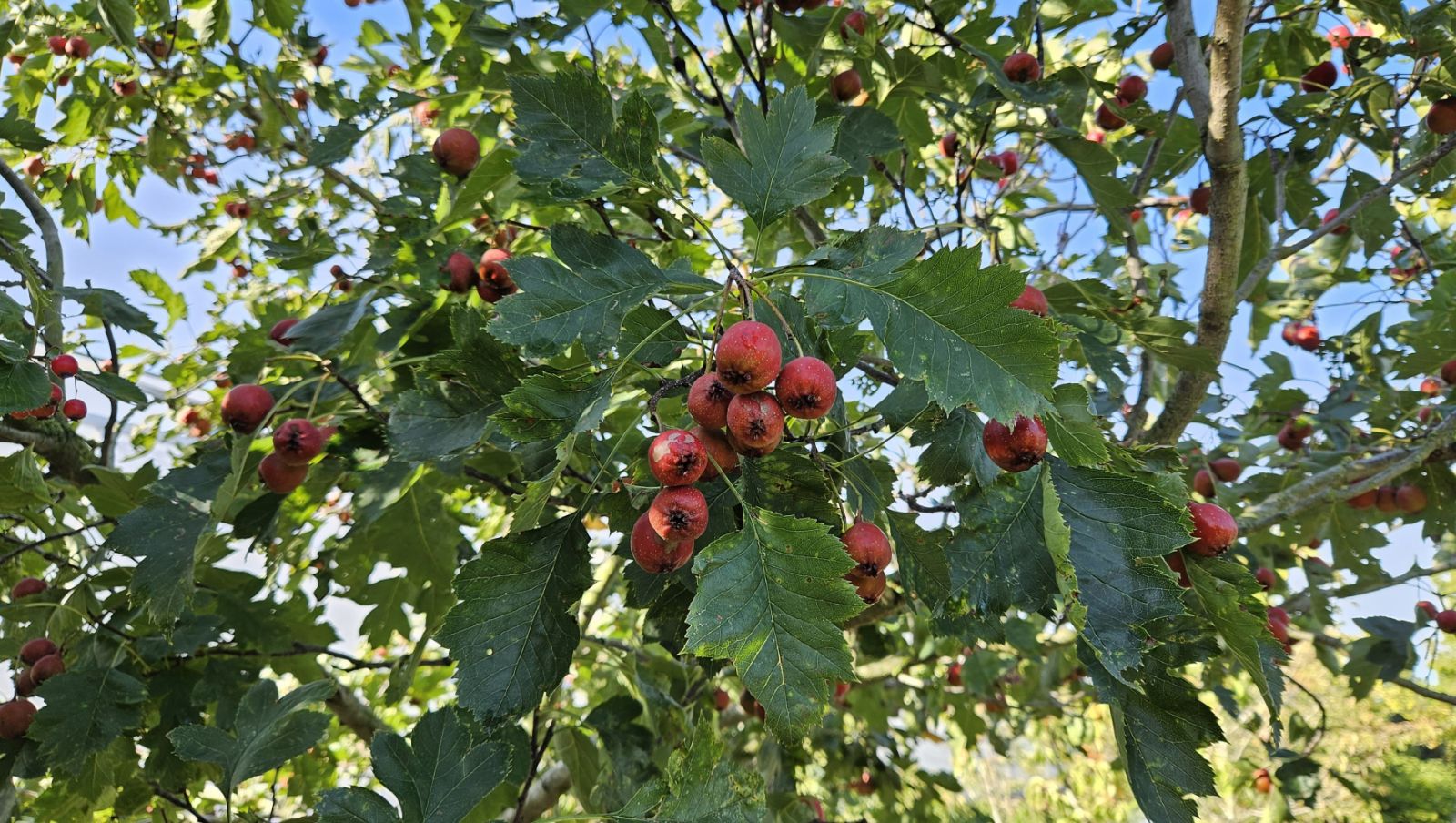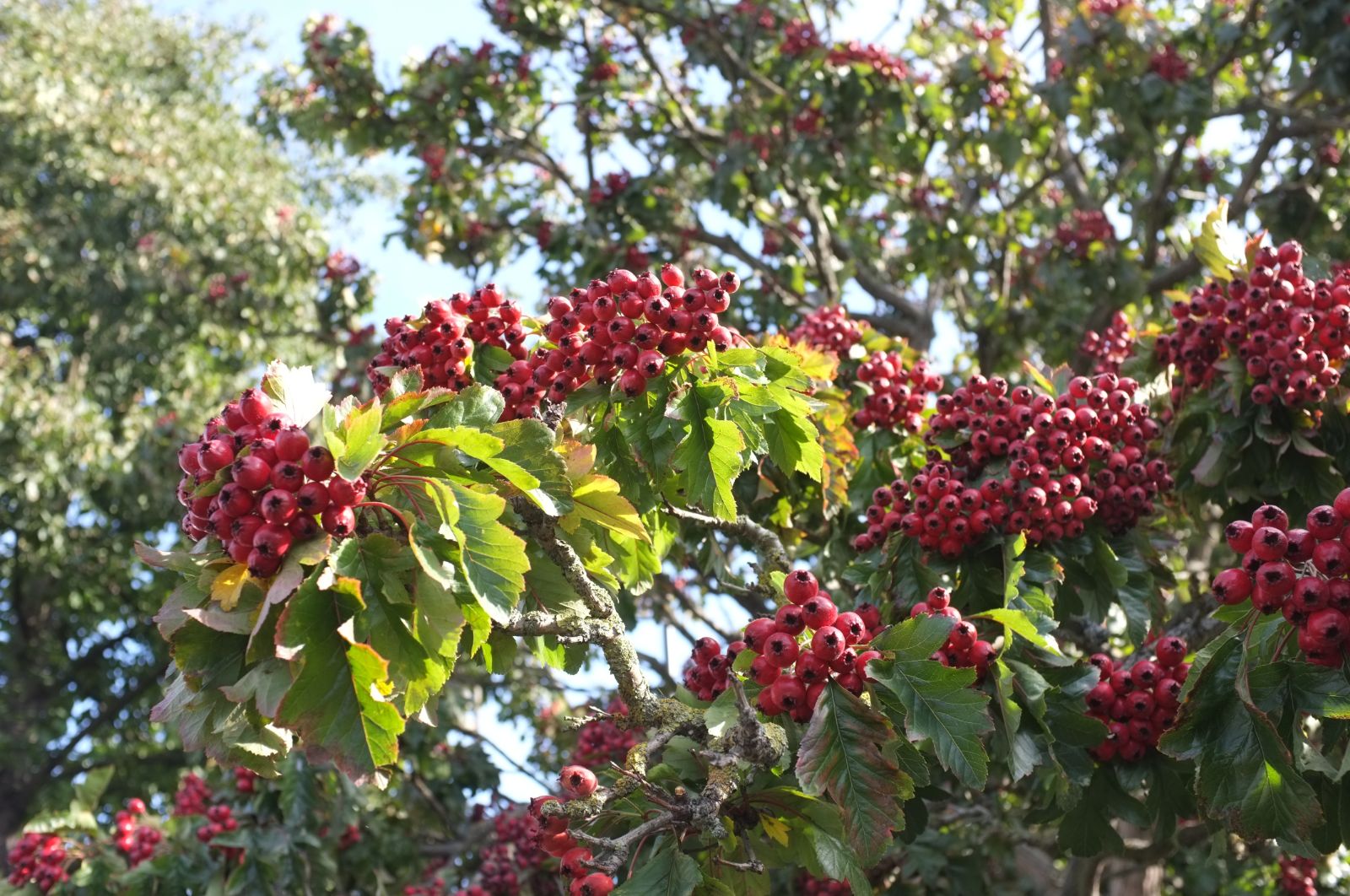Crataegus pinnatifida
Sponsor
Kindly sponsored by
This genus has been sponsored and new text is being prepared.
Credits
Article from Bean's Trees and Shrubs Hardy in the British Isles
Recommended citation
'Crataegus pinnatifida' from the website Trees and Shrubs Online (treesandshrubsonline.
Genus
Infraspecifics
Other taxa in genus
- Crataegus ambigua
- Crataegus apiifolia
- Crataegus aprica
- Crataegus azarolus
- Crataegus baroussana
- Crataegus brachyacantha
- Crataegus chlorosarca
- Crataegus chrysocarpa
- Crataegus chungtienensis
- Crataegus coccinioides
- Crataegus crus-galli
- Crataegus cuneata
- Crataegus × dippeliana
- Crataegus douglasii
- Crataegus dsungarica
- Crataegus durobrivensis
- Crataegus flabellata
- Crataegus flava
- Crataegus henryi
- Crataegus heterophylla
- Crataegus intricata
- Crataegus jozana
- Crataegus laevigata
- Crataegus × lavallei
- Crataegus macracantha
- Crataegus marshallii
- Crataegus mexicana
- Crataegus meyeri
- Crataegus mollis
- Crataegus monogyna
- Crataegus nigra
- Crataegus oliveriana
- Crataegus orientalis
- Crataegus oxyacantha
- Crataegus pedicellata
- Crataegus pentagyna
- Crataegus phaenopyrum
- Crataegus pruinosa
- Crataegus prunifolia
- Crataegus pseudoheterophylla
- Crataegus punctata
- Crataegus sanguinea
- Crataegus spathulata
- Crataegus stipulacea
- Crataegus succulenta
- Crataegus tanacetifolia
- Crataegus tomentosa
- Crataegus uniflora
- Crataegus viridis
- Crataegus wattiana
- Crataegus wilsonii
A small tree up to 20 ft or more high; thorns absent or quite short; young shoots glabrous. Leaves wedge-shaped to straightly cut at the base, varying in general outline from broadly ovate and triangular to lozenge-shaped; 2 to 4 in. long, nearly as much to rather more in width, usually with a deep lobe reaching nearly to the midrib at the base on each side, the terminal portion being also lobed, but not so deeply; margins sharply, often doubly toothed, deep glossy green above, paler beneath, both sides downy along the midrib and chief veins; stalk 1 to 21⁄4 in. long, stipules cockscomb-shaped, coarsely toothed, often over 1 in. across. Flowers white, 3⁄4 in. across, produced at the end of May and early in June on downy-stalked corymbs about 3 in. across; calyx hairy; stamens twenty; styles three or four. Fruit red, minutely dotted, and 5⁄8 in. diameter.
Native of N. China. Very distinct from all but its immediate allies in the long leaf-stalks and large leaves. The following variety is greatly to be preferred to the type as a garden tree:
var. major N. E. Br.
Synonyms
C. korolkowii Schneid., not Henry
A tree up to 25 ft high, forming a dense, heavy, very leafy head of branches. It is really a very vigorous, large-leaved form of the type. The leaves are harder and thicker than in the type, and not so flat; 3 to 6 in. long and nearly as much wide; the lobes not so deep but broader; except for a slight hairiness along the midrib and larger veins, they are glabrous. They are of a rich dark lustrous green, the midrib, veins, and young wood tinged with red. Flowers like those of the type; calyx and flower-stalks downy. Fruits deep shining red, marked with minute dots, between pear-shaped and globose, 1 in. across, deeply hollowed at the top. When a tree is well furnished with the pendulous clusters of these large fruits it is remarkably handsome. This is, indeed, one of the most striking and effective of all the thorns. It is only slightly or not at all spiny. In October 1886, it was awarded a First Class Certificate by the Royal Horticultural Society, but had been in cultivation long previously. Native of N. China.




